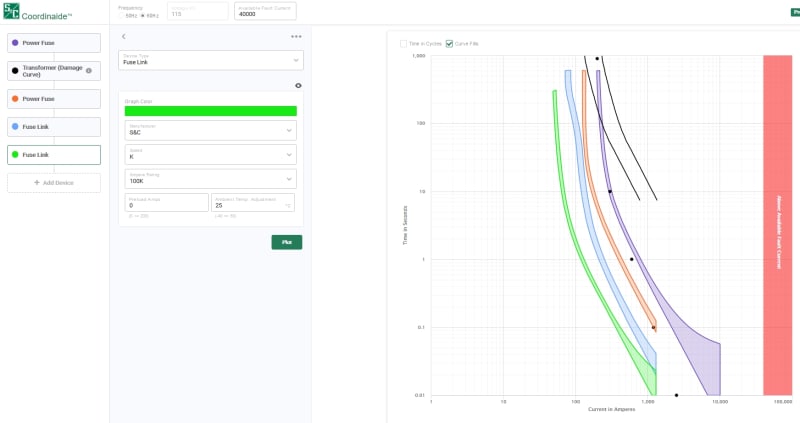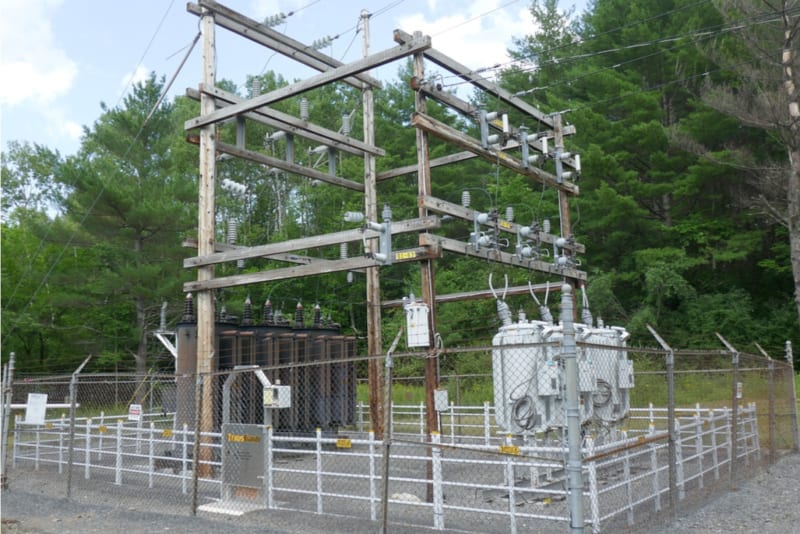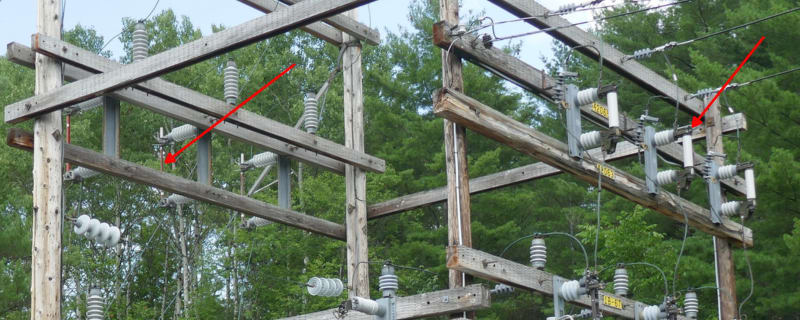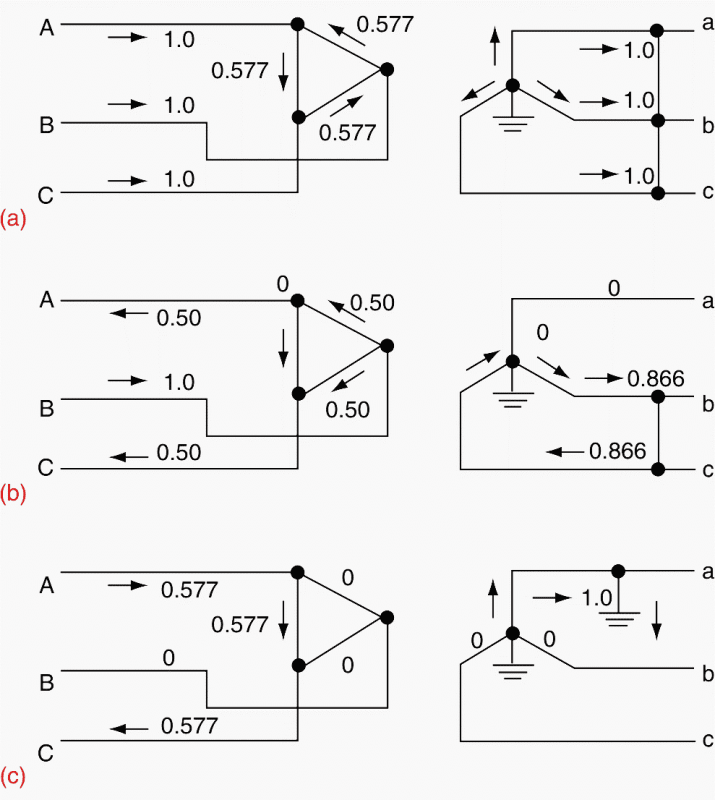How close can a secondary fuse be near a transfomer's damage curve? How close to a primary fusing? Other secondary fuses? Is there a certain proportional ratio?
I have cases where E fuses touch a delta-wye damage curve and cases where a 140K fuses's "kink" comes close to the feeder fuse.
Obviously not likely to be put into practice- but as an extreme example:

I have cases where E fuses touch a delta-wye damage curve and cases where a 140K fuses's "kink" comes close to the feeder fuse.
Obviously not likely to be put into practice- but as an extreme example:


![[2thumbsup] [2thumbsup] [2thumbsup]](/data/assets/smilies/2thumbsup.gif)




